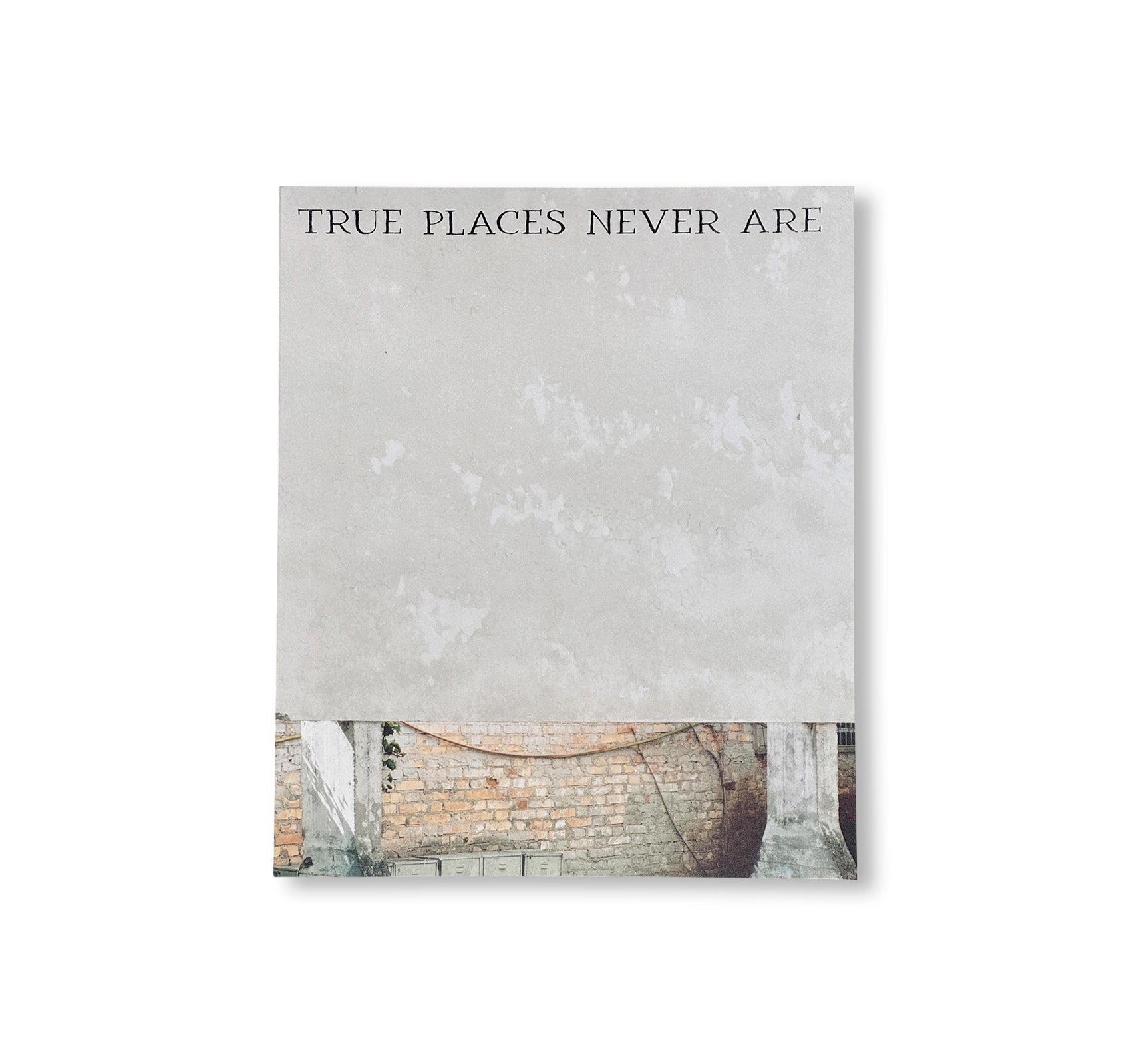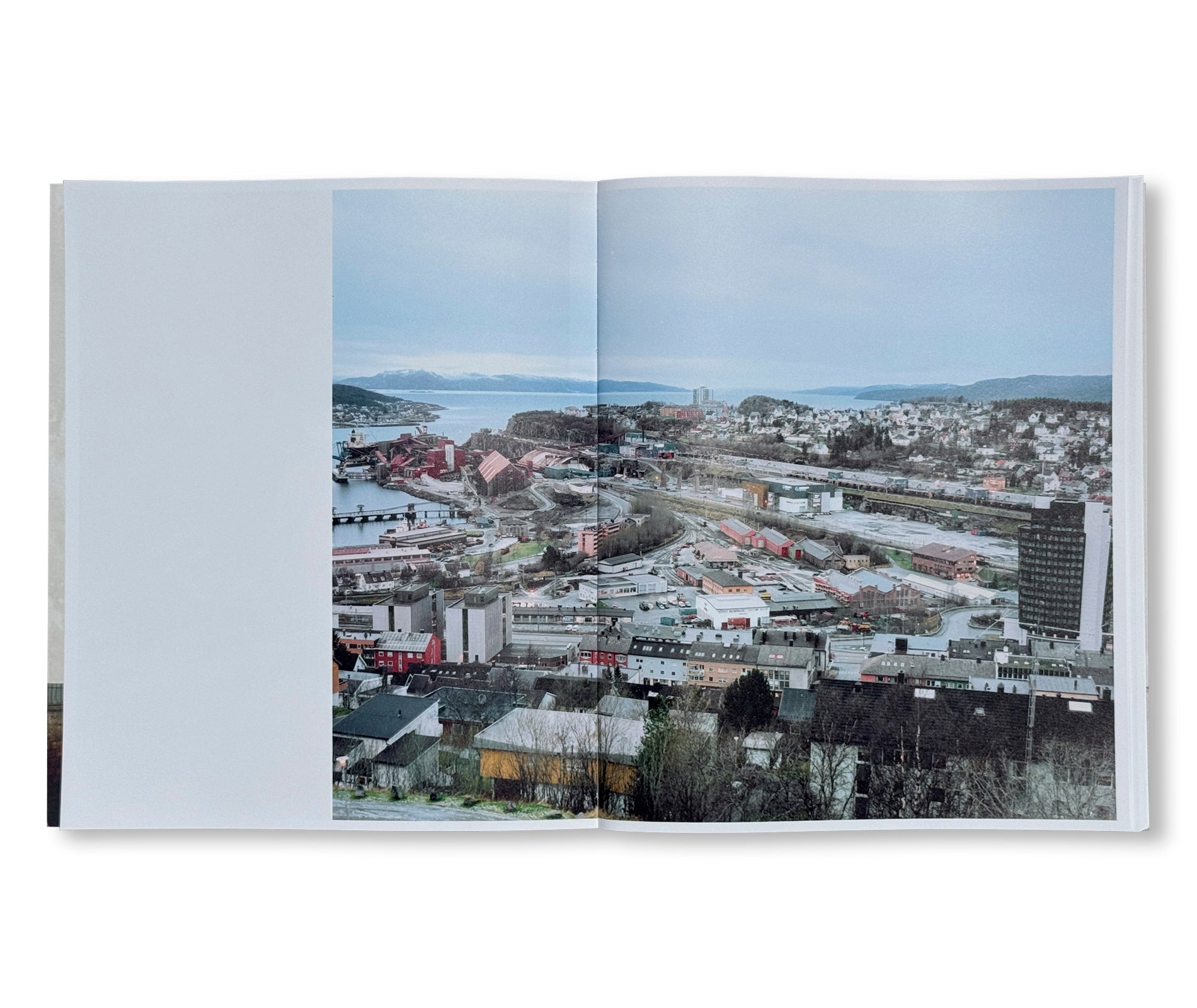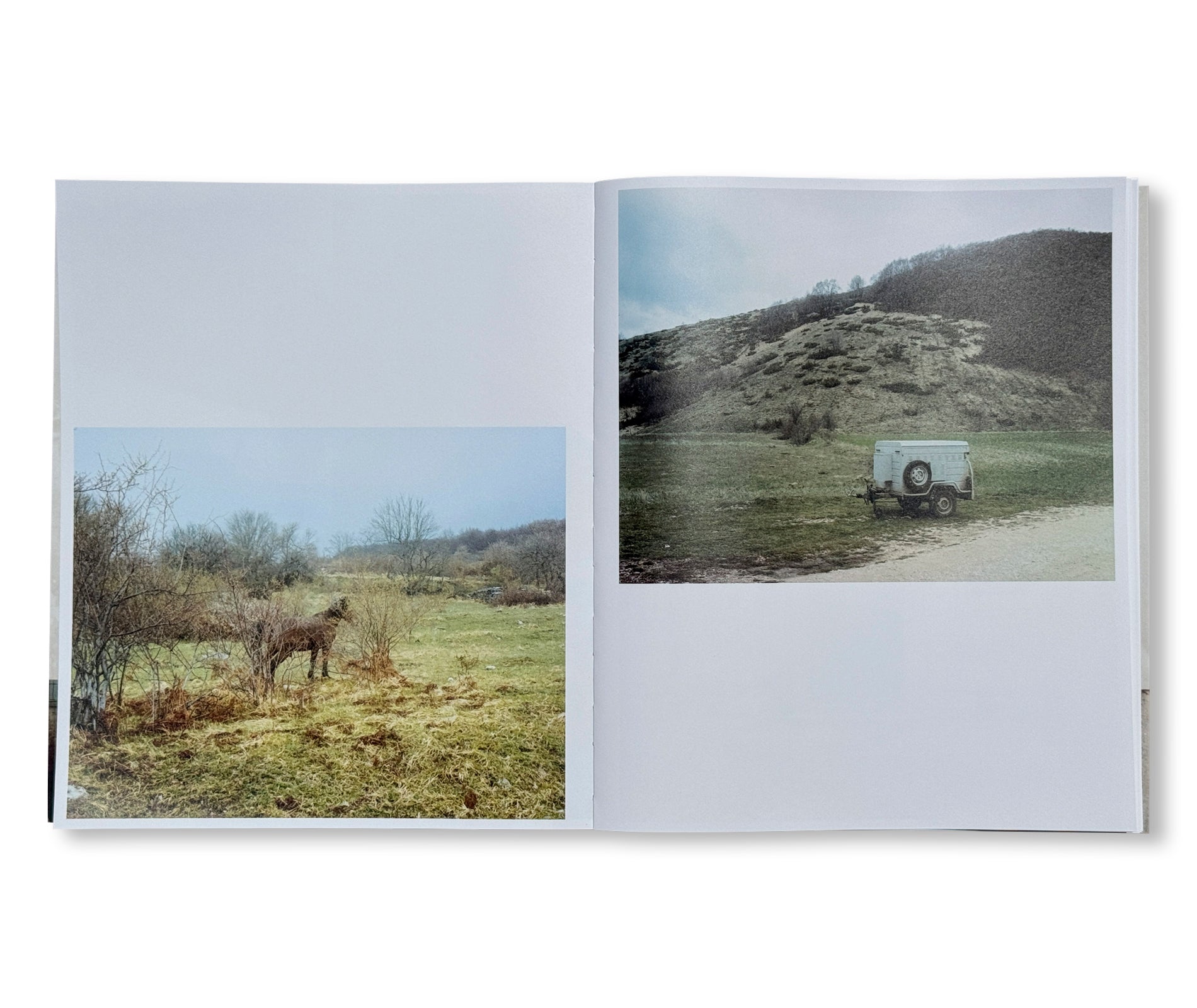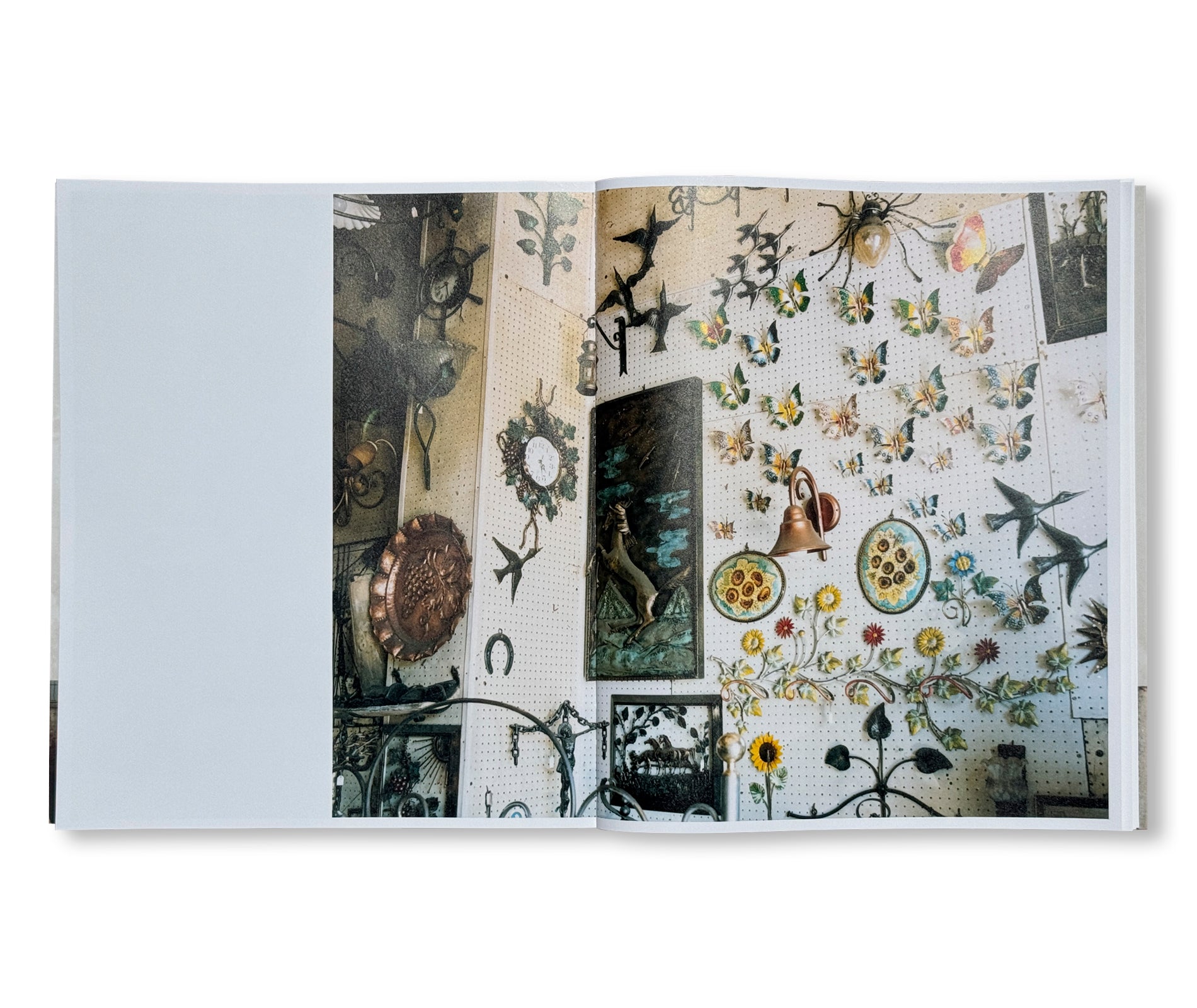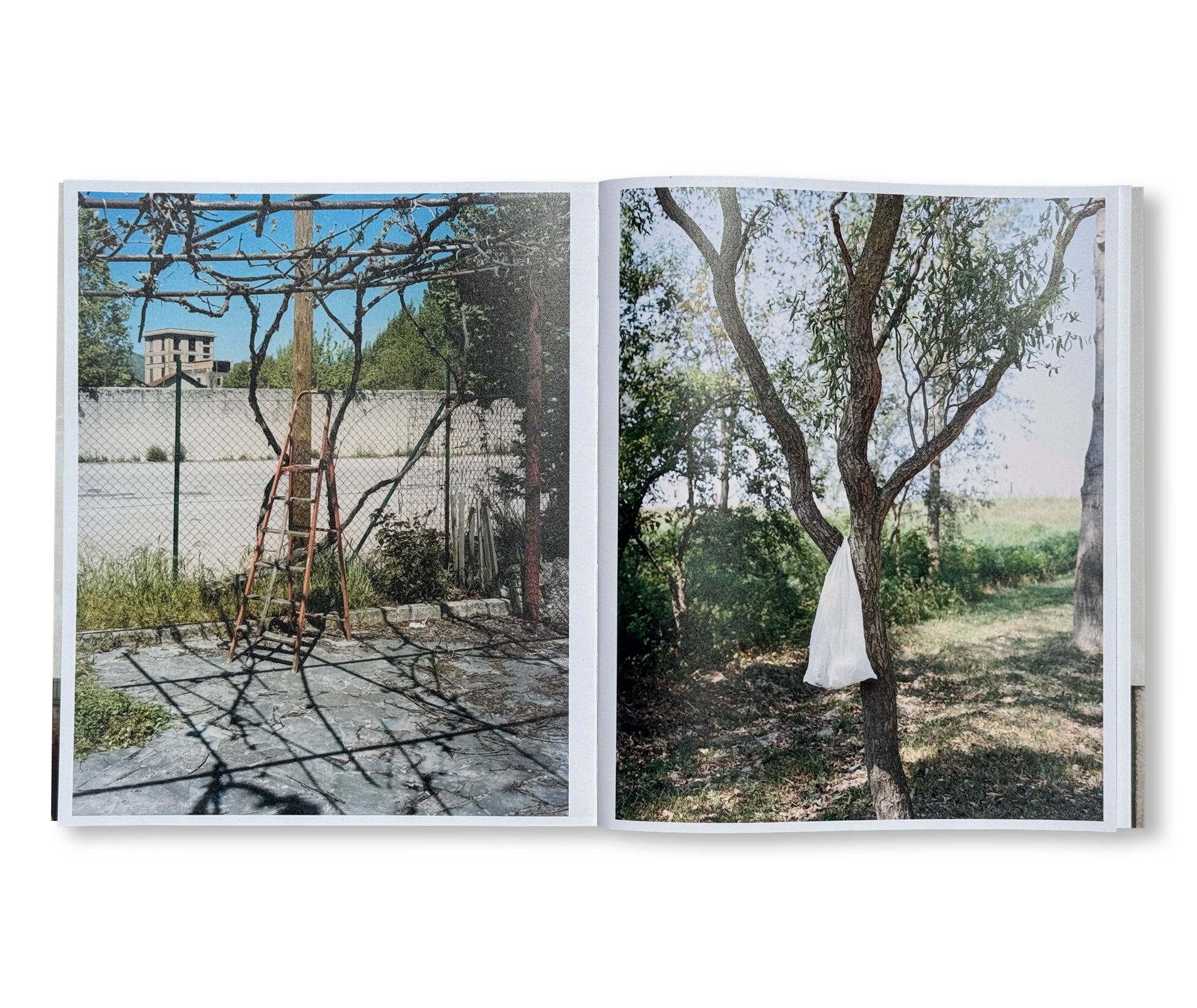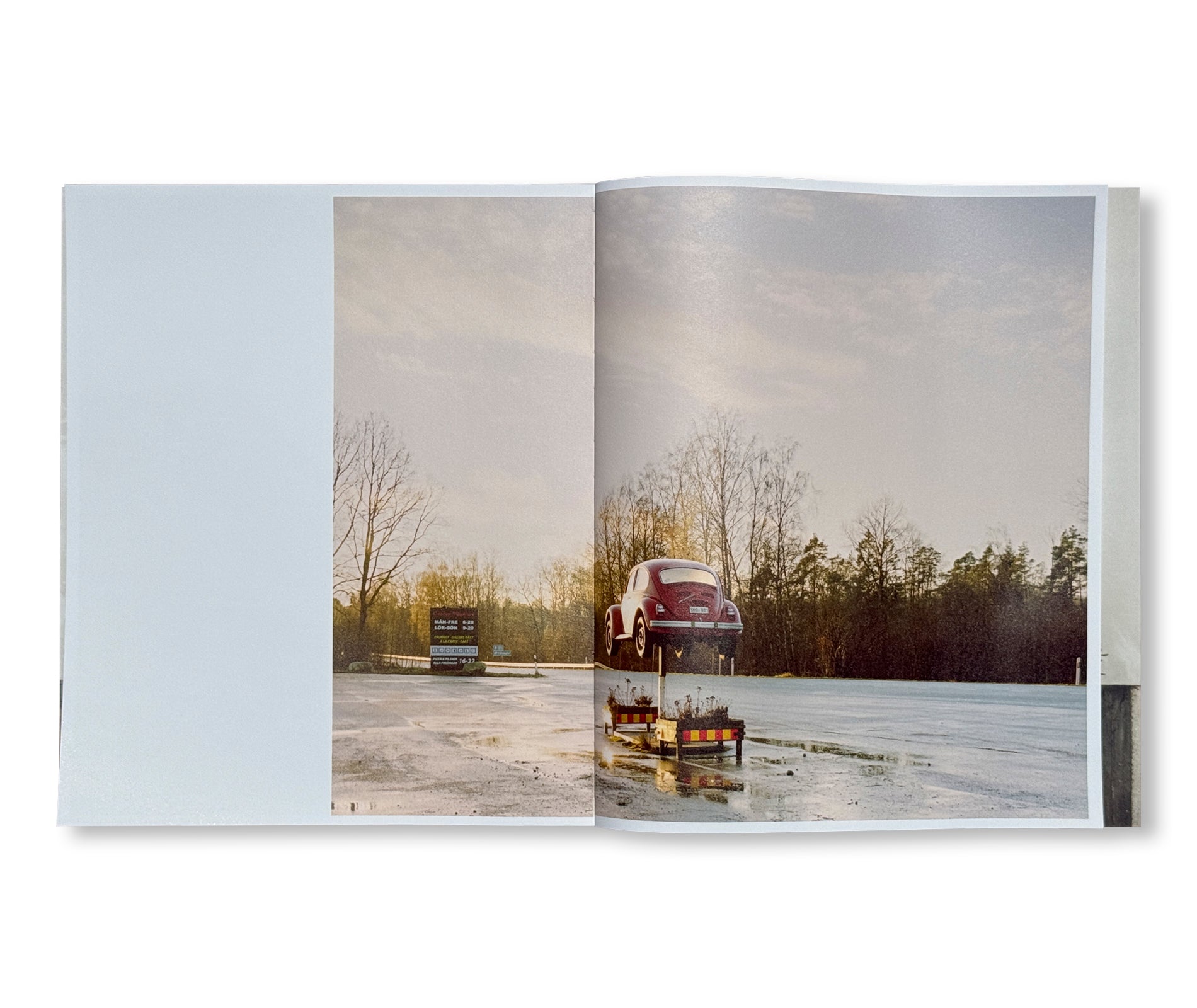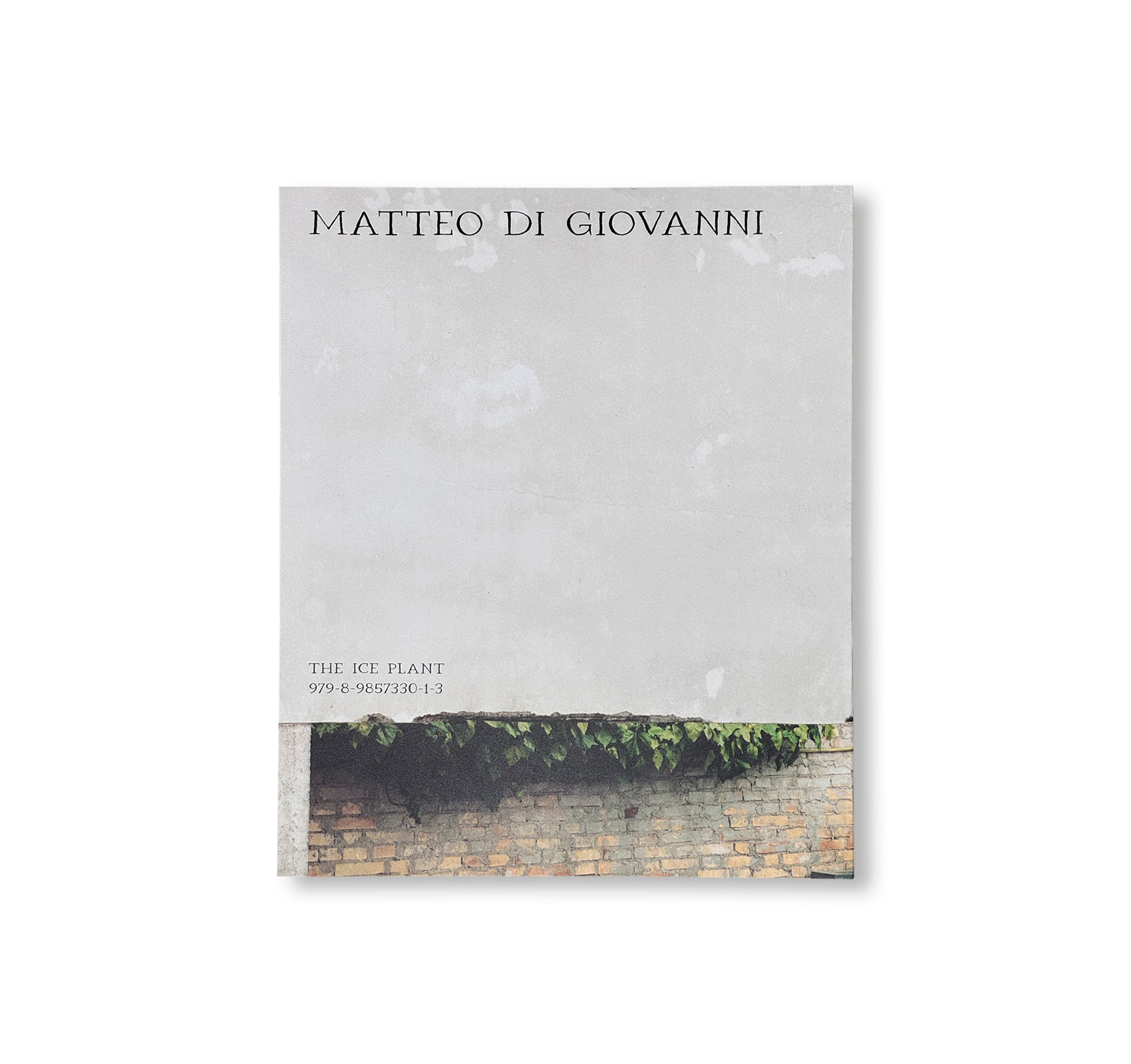TRUE PLACES NEVER ARE by Matteo Di Giovanni
イタリア人フォトグラファー、マッテオ・ディ・ジョヴァンニ(Matteo Di Giovanni)の作品集。
どの地図にも載っていないものだ、本当の場所は決して。
- ハーマン・メルヴィル(Herman Melville)『白鯨(原題:Moby-Dick; or, The Whale)』
2013年から2023年にかけて作者はイタリア、スカンジナビア、北欧を巡り、人里離れた場所を当てもなく訪ね歩く、放浪のような写真の旅に出た。認識や知識の本質をめぐるロードトリップ(gnoseological roadtrips)とでも呼ぶべきこの旅では、地図と領域が直感と好奇心に変わり、注意深く観察してイメージ作りすることが、外の世界を知る手段であった。10年にわたって撮影された中判写真は、当初3冊の単独写真集として発売されたが、再考、再編集され、未発表の作品を数点加えられることで、ひとつの作品群として新たに構成された。撮影場所や時期といった具体的なことは二の次で、カメラだけが示唆しうる実態のない漠然とした意味や連想が、撮影者にとっても鑑賞者にとっても重要なのである。風景写真は親密で神話的な印象を、静物写真は広大で開放的な印象を与え、内と外は興味深いほどに置き換わりうる。そして、本書のタイトルの由来である小説『白鯨』のように、主人公が落ち着きなく、家族、自己、真実など、結局はつかみどころのない何かをせわしなく追い求めるにつれ、海の風景、氷冠、霧峰など、水の感覚は染み渡っていく。
It is not down in any map; true places never are.
— Herman Melville, MOBY-DICK, or The Whale
From 2013 to 2023, Matteo Di Giovanni (b.1980) embarked on several rambling photographic journeys, off the beaten path, through Italy, Scandinavia and Northern Europe — gnoseological roadtrips, you might call them, in which map and territory gave way to intuition and curiosity, a method of knowing the outer world through attentive observation and image-making. True Places Never Are reconsiders and re-sequences this decade of Di Giovanni’s medium-format photographs (initially released as three standalone photobooks), adding several previously unpublished images and framing it afresh as a single body of work in which the specifics of location and chronology are secondary to the intangible meanings and associations only the camera can suggest — for both photographer and viewer. The landscapes here seem intimate and mythic; the still lifes feel vast and open; interiors and exteriors are curiously interchangeable. And, as in Moby Dick (the source of the book’s title), a sense of water pervades — a seascape, an icecap, a bank of fog — as our protagonist restlessly chases a something — home, self, truth — that might ultimately be elusive.
